Flowers have the power to turn any boring piece of land into a beautiful one, and this includes the simple-yet-dynamic Calendula flower (also known as pot marigold). Calendula is not only pleasing to the eye, but also has so many wonderful medicinal and therapeutic benefits.
What’s more — this flower reseeds itself annually and grows in USDA zones 3-9, which makes it pretty easy to grow Calendula flowers from seed.
But before we dig into the HOW, let’s first discuss the benefits and reasons WHY it’s great to have Calendula growing in your garden and around the house.
Benefits of Calendula Flowers and Seeds
1. Calendula protects the garden from pests
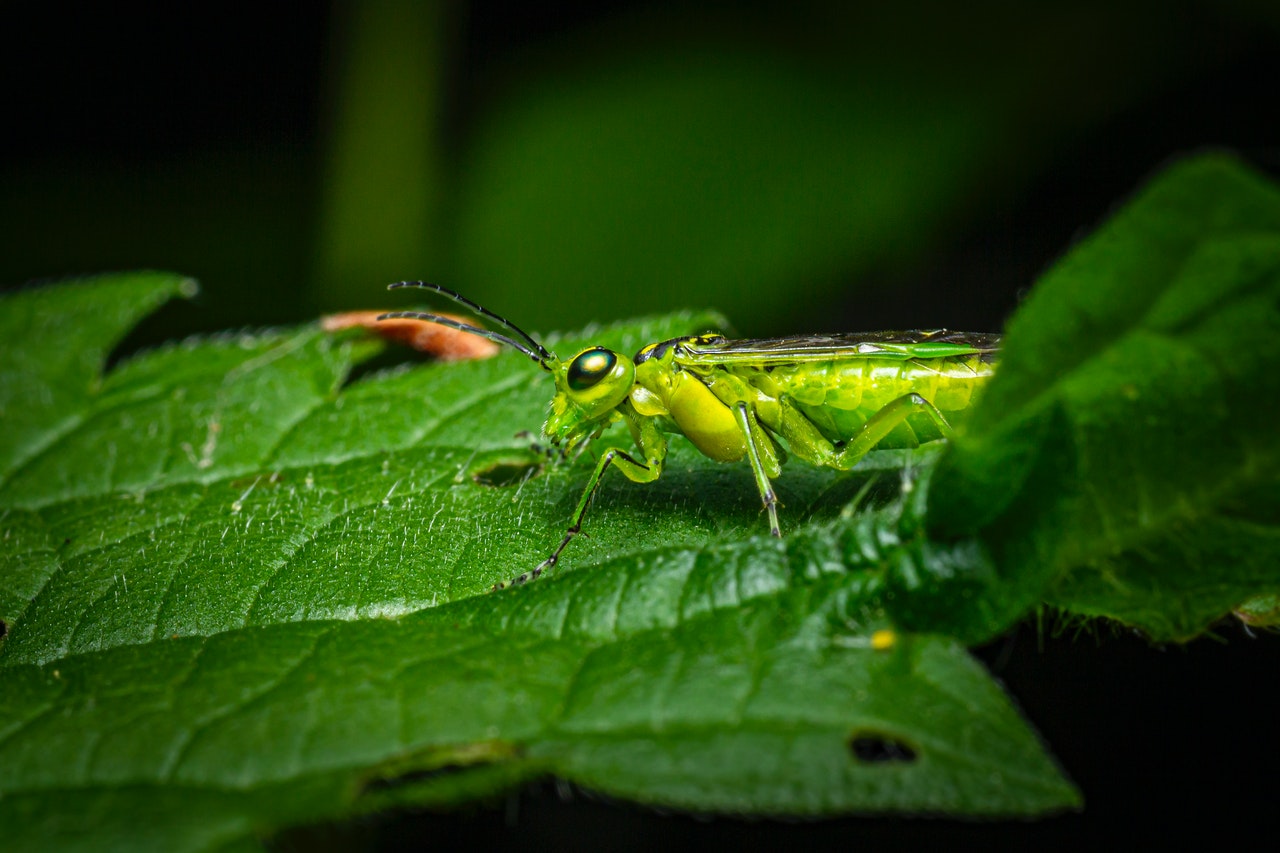
Like almost everyone, you probably have many maddening pests and insects in your garden. This is most definitely why you must consider planting Calendula, as it so cleverly repels unwanted bugs and attracts beneficial insects like butterflies, bees and ladybugs.
2. Calendula flowers beautify your garden
The vibrant yellow and orange color of Calendula petals will add life to your yard and surely brighten up your day once you glance at your garden — whether intentionally or not!
3. Medicinal benefits of Calendula
It’s no secret that Calendula has many medicinal benefits — just look around at all of the different versions of Calendula-based products. There’s ointment, oil, gel, cream, tea and the list goes on. Calendula is also known to help prevent muscle spasms, fight carcinogens, regulate menstrual periods, relieve sore throat and reduce fever.
4. Calendula helps wounds heal
Due to its high anti-inflammatory properties, Calendula is known to aid in healing external wounds such as blisters, dermatitis, rashes, cuts and many others. Not only that, but it can also relieve internal wounds like ulcers and heartburn.
5. Calendula boosts the immune system
Calendula contains antimicrobial and antiviral elements that strengthen the immune system’s response to pathogens and other strains of harmful bacteria.
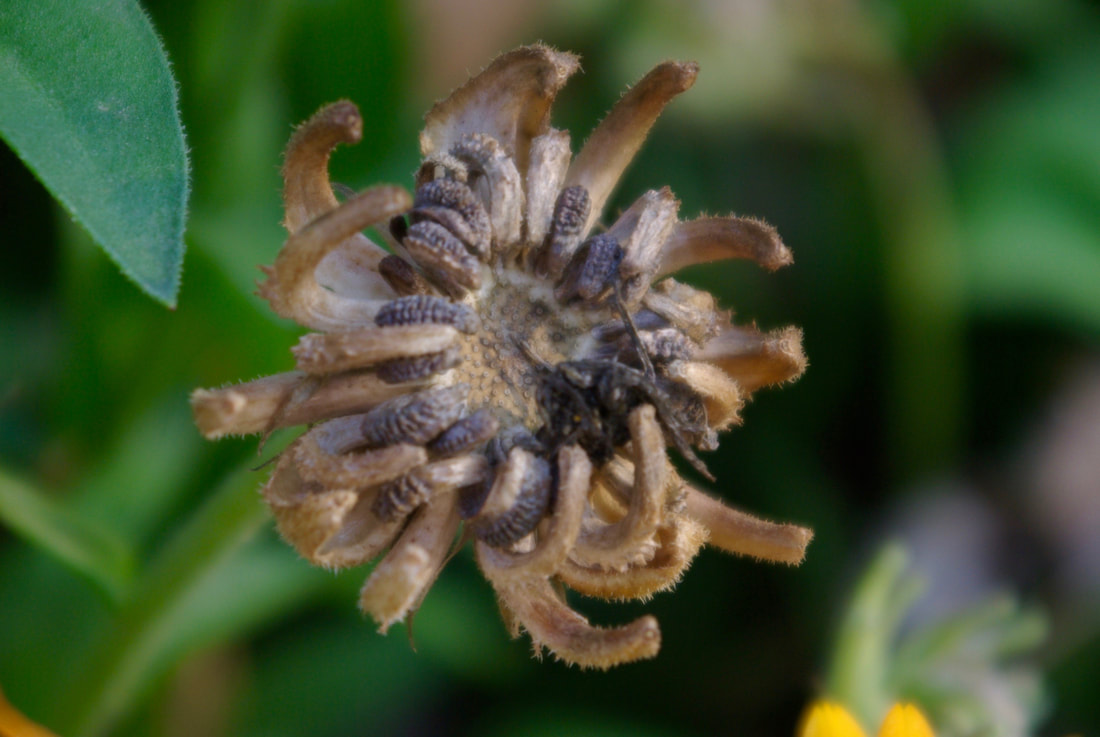
Essentials you need to grow Calendula
- Seed-starting pot and seeds — you can use a peat cup or if you don’t have those, try these alternatives.
- Sun exposure: Full sun to partial shade.
- Type of soil: Average soil, although best if rich in organic material.
- Number of seeds per pot: 2-3.
Starting Calendula from Seed Indoors – or Sowing Outdoors
If you live in a colder climate and want to enjoy your Calendula flowers for a longer time throughout the season, it’s worth the extra effort to start your flowers indoors, especially the first time.
I have Calendula growing all over the property and self-seeding now but every couple of years, I will still start a batch indoors – to introduce new colors in a certain area of the garden (they’re not always yellow or orange, you know), to start growing calendula in a new area, or just for the fun of it.
Starting Calendula seeds indoors
- About 6-8 weeks prior to the last frost date, you can start germinating the seeds.
- Fill half of the starting pot with soil. Using your thumb, make sure to softly compress the soil into the bottom of the pot.
- Position 2-3 calendula seeds on the surface of the pot. Gently press the seeds into the soil and cover with a bit of additional soil, filling the cup to about ¾ level.
- Once done, spray the soil with water until it gets enough moisture. Don’t spray too much as it may drown the seeds, but don’t water too little or they won’t germinate properly. Maintain enough moisture throughout the germination process.
- Next, arrange the pots on a nursery tray for easy handling, or however you prefer — as long as it’s easy for you to manage and you maintain the right moisture. Some people cover the pot with plastic wrap with holes to provide an environment for the seeds similar to that of a greenhouse.
- Place the tray where it would be able to receive at least six hours daily of direct sunlight.
- Allow 10 to 14 days for the germination to occur.
- When the seeds germinate, pluck out the weaker seedlings and keep the strong ones.
Sowing Calendula directly outdoors
- After the last frost date, you can begin sowing seeds.
- Water your garden bed to achieve adequate moisture. Cultivate the soil until it loosens up.
- Let the soil absorb the water for a couple of minutes before you sow the Calendula seedlings.
- Start poking holes at least ¼-inch deep with a space of 12 inches apart, then in each of the holes you poked, place one seed and cover with soil.
- When everything is settled, once again, spray the water bed until the surface receives enough moisture.
- Maintain that dampness throughout the germination period, watering the bed as needed.
- Allow up to two weeks for the seedlings to germinate and once they grow at least 2 inches high, be sure to remove the weaker parts and retain only the hardest ones.
Harvesting and Saving Calendula Seeds
Once the Calendula flower has bloomed, you will see petals falling off as the flower starts to dry. What’s left now are the seeds; if you leave them alone, the seeds will fall to the ground and start sprouting more Calendula plants.
If you’re wanting to collect and save Calendula seeds so you can start anew inside next year though, this is the perfect time to harvest seeds! Wait until they’re completely dry on the plant, then just grab the head so the seeds come off.
Toddlers and small children love helping to collect Calendula seeds, it’s so simple and with the help of your little ones, you can have a full jar in a matter of minutes!
Calendula Plant Maintenance: Keeping Them Beautiful & Healthy
Technically, Calendula plants require zero maintenance over the years as they’re self-seeding.
However, if you have been growing Calendula for more than a year, you might notice how the plant itself starts looking bigger and less pretty… having more of the plant, means fewer flowers.
When Calendula plants around the house grow too big, I just pull them out and leave the plant for a couple of days (or weeks, sometimes I just leave them for good) so the seeds fall to the ground… and new, smaller, fresher flowers can take their place.
We’re interested to know — what makes you want to grow Calendula? Is it one of the benefits/reasons mentioned here? Let us know in the comments below!

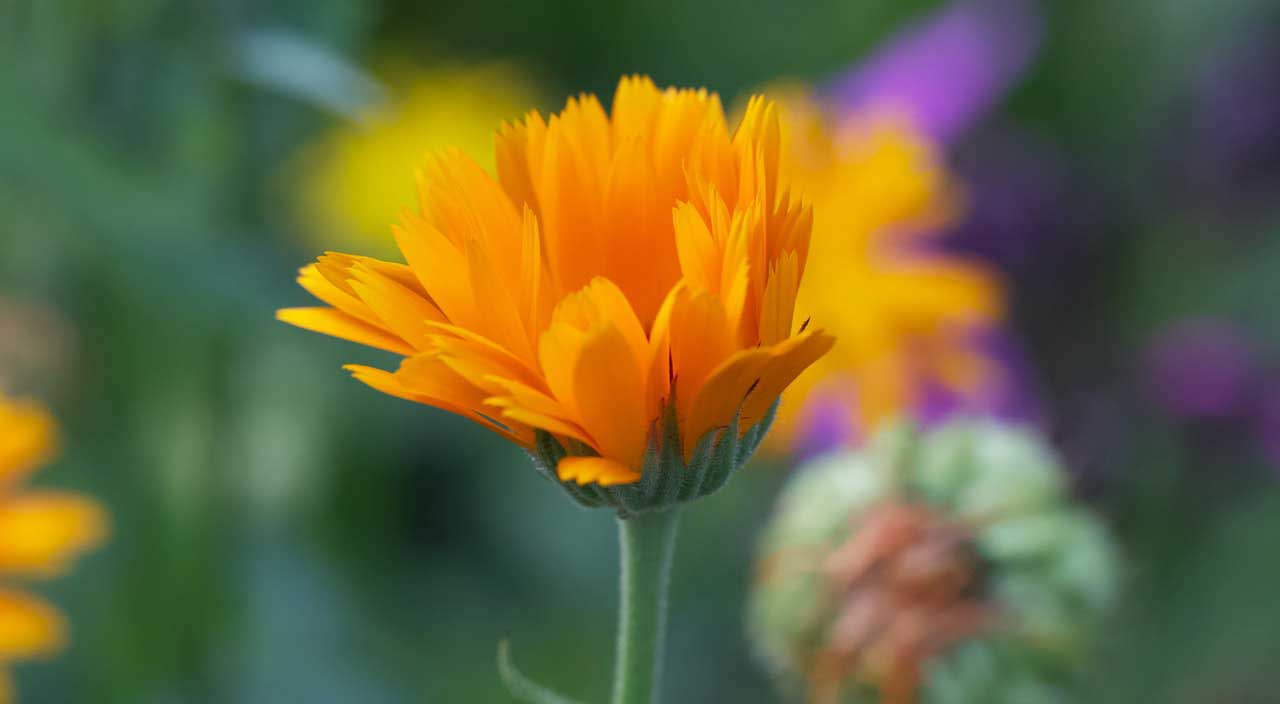
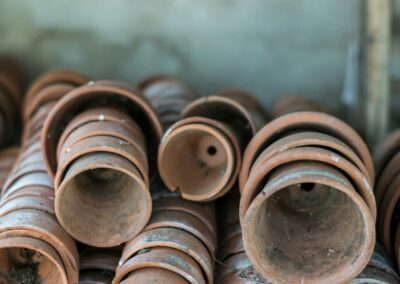
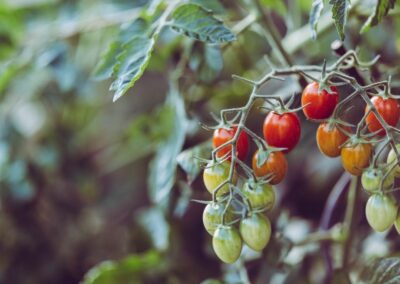
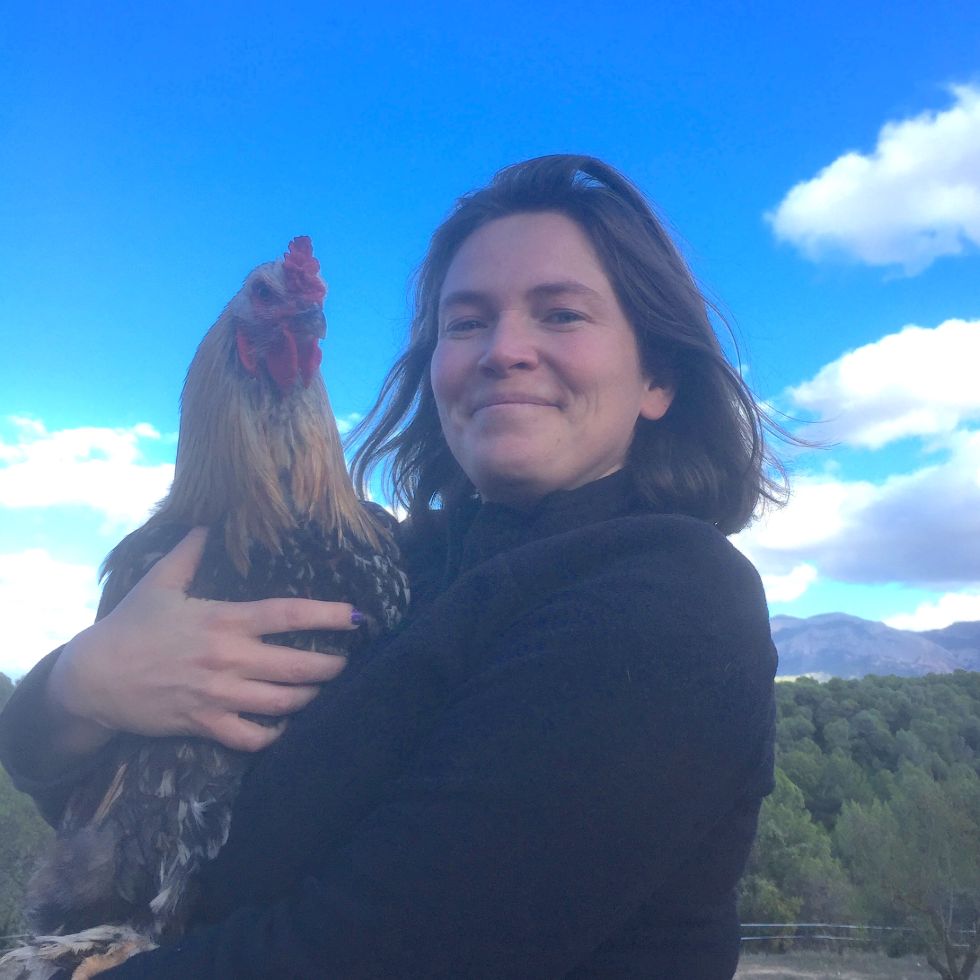
I want to grow Calendula for its beauty, heartiness, and medicinal uses.
Last year they grew easily and looked good and fresh. I would be happy to try them again from my own home grown seeds. I live on the central coast of NSW & will be interested to see how they go from todays plantings which is 6/6/2023 and I think this is a temperate climate.
Hi Sandrine, my name is Deborah Ford and I live in sunny Queensland Australia, not off the grid like you, but in the suburbs (burbs) in a rented property. When we, my partner and I moved there last year, there was no garden at all, just green grass, depressing if you ask me. I have lots of stuff growing now, vegetables, herbs and plants, including the beautiful Calendula plant. I get so excited when i grown my own food. I even gave some herbs and vegetables as small Chrissie gifts.
I saved the dead flower/seeds and used it to make a skin oil. I know of its medicinal propertties as I have Nicole Apelian’s book The Lost Book of Herbal Remedies (you may have read it, if not it is a fantastic reference book and great to read and learn). I am now following you as it looks like you are passionate about your life style. Good on you for choosing to be different and follow your heart, wants and needs. I am also a learner of Spanish on Spanish Dict and Duolingo. Gracias por tu tiempo y information. Espero con ansias leer su blog. Hasta pronto. Deborah
Thank you for your kind words! Calendula will brighten up any place, if I ever move to an apartment I’d probably still have them in pots 🙂
I want to grow them so my tortoise will have more food variety.